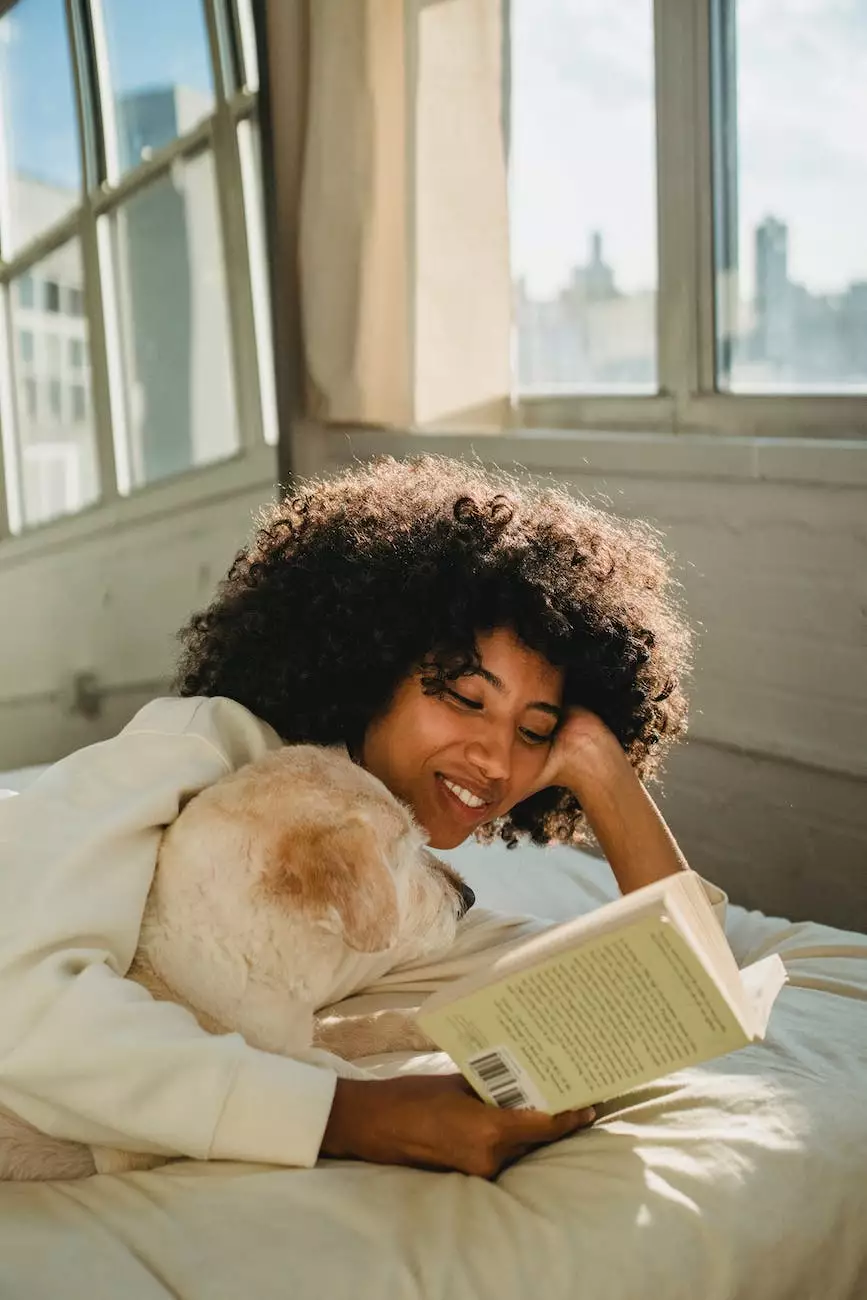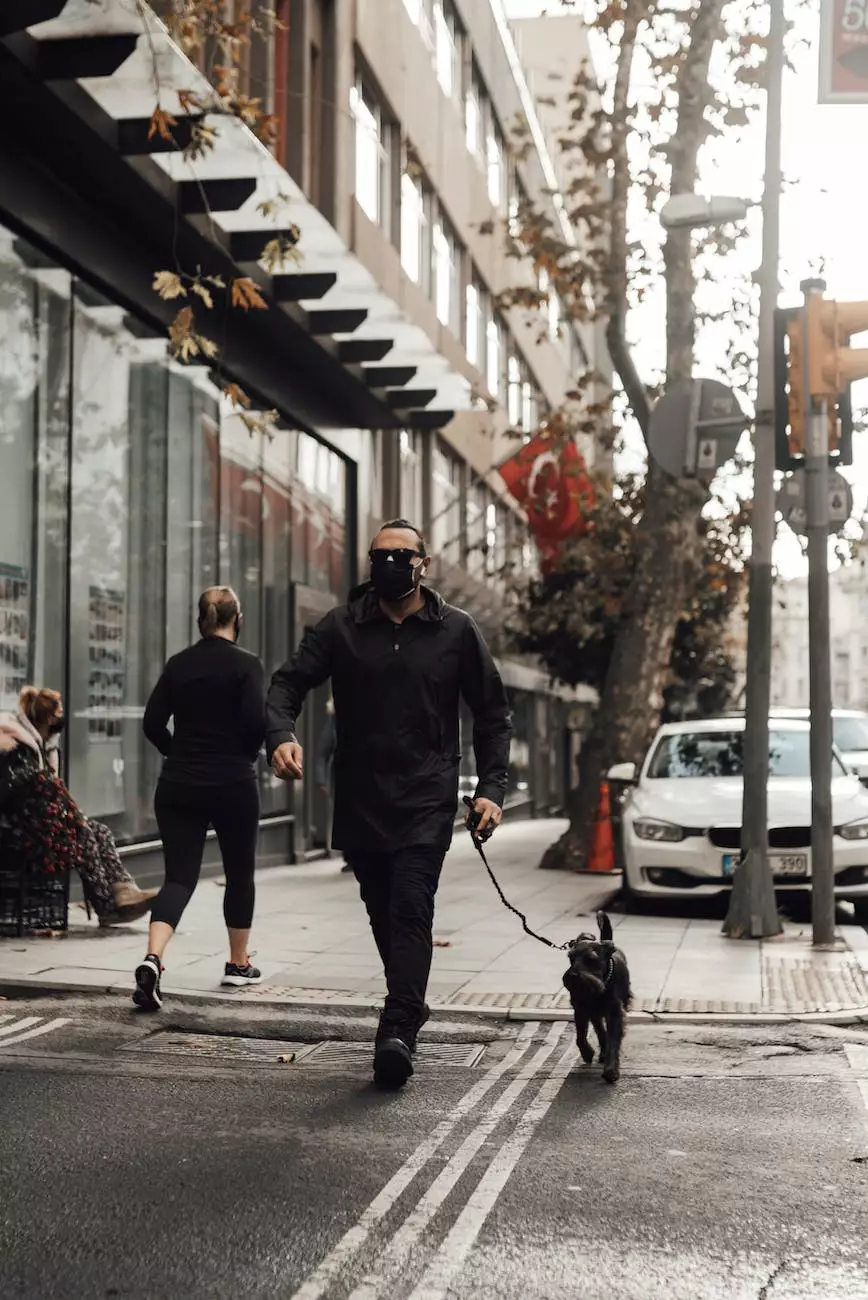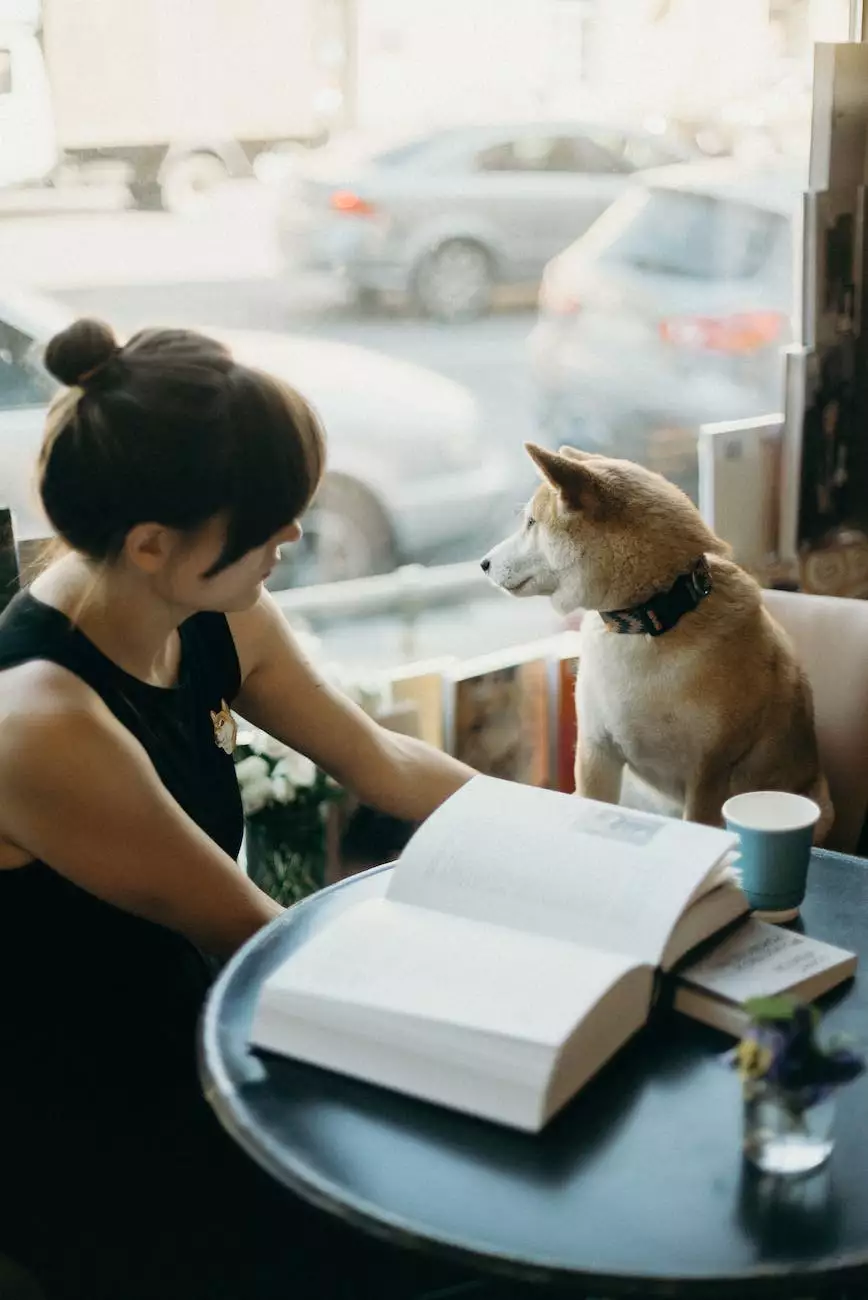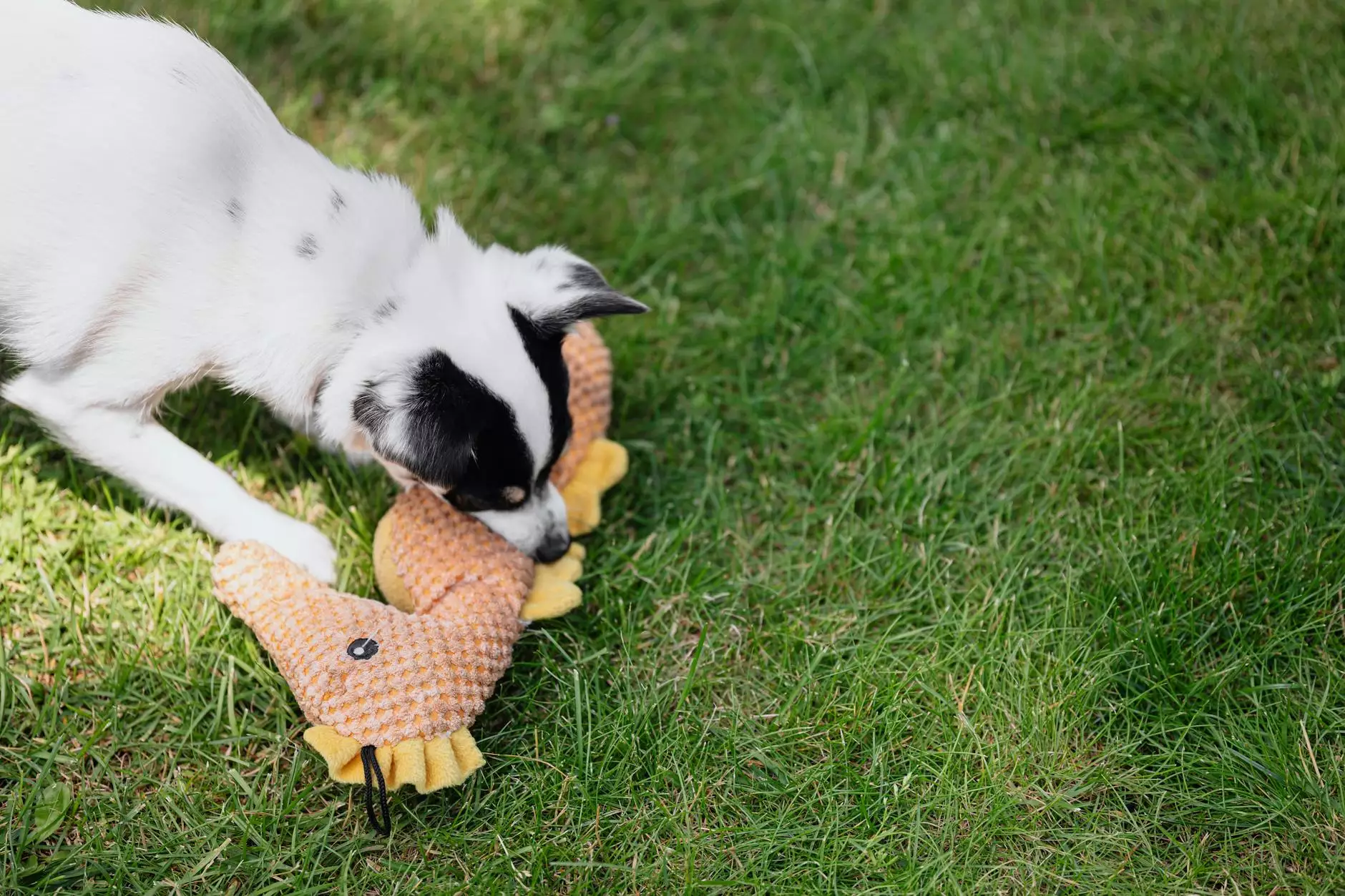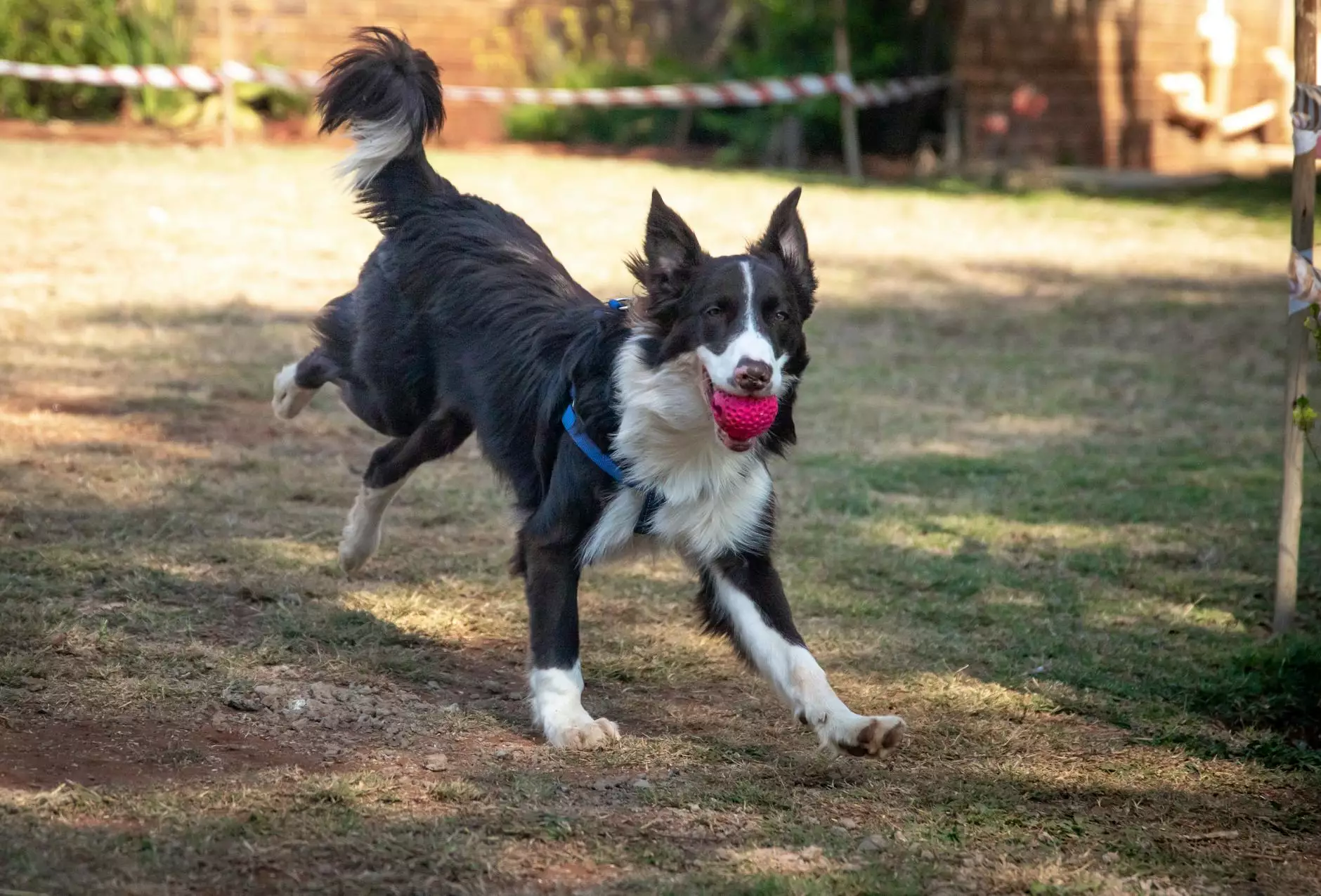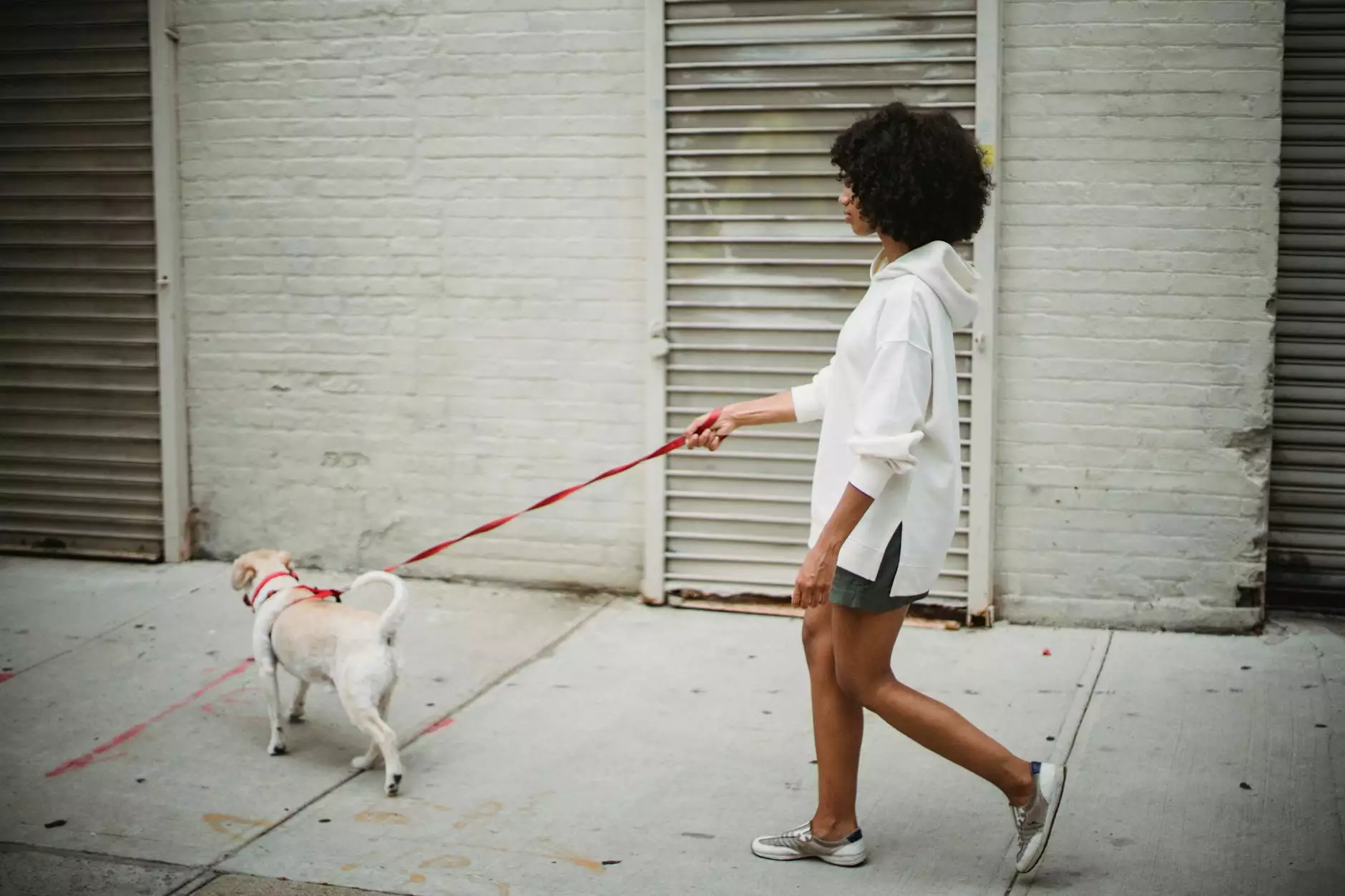How to Treat and Prevent Separation Anxiety
Dog Care
Introduction
Welcome to The Upbeat K9, where we provide expert advice on dog training and behavior solutions. In this guide, we will delve into the topic of separation anxiety in dogs - a common issue that can cause distress for both dogs and their owners. Our goal is to help you effectively treat and prevent separation anxiety, allowing your furry companion to lead a happier and more balanced life.
Understanding Separation Anxiety
Separation anxiety occurs when dogs become anxious or distressed when separated from their owners or left alone. It is important to acknowledge that every dog is unique, and the severity of separation anxiety can vary. Some common signs of separation anxiety in dogs include excessive barking, destructive behavior, house soiling, pacing, and restlessness.
Step 1: Establish a Routine
Creating a structured routine is crucial to help dogs suffering from separation anxiety. Consistency provides a sense of security and predictability for your furry friend. Establish a schedule for feeding, exercise, and playtime, ensuring that it remains consistent even when you are away.
Step 2: Gradual Desensitization
Desensitization involves gradually exposing your dog to periods of separation in a controlled and positive manner. Start by leaving your dog alone for short periods, then gradually increase the duration over time. Pair these departures with positive experiences, such as leaving them with a treat or engaging them with an interactive toy.
Step 3: Enrichment and Mental Stimulation
Boredom often exacerbates separation anxiety. Provide your dog with plenty of mental stimulation by offering puzzle toys, interactive feeders, and chew toys that keep them engaged and occupied. Engaging in activities that require mental focus helps redirect their anxiety and keeps their minds occupied.
Step 4: Establish Safe Spaces
Create a designated safe space for your dog, such as a comfortable crate or a specific area in your home. Gradually introduce them to this space, making it a positive and secure environment. Ensure it is well-stocked with their favorite toys, bedding, and treats, reinforcing positive associations with the area.
Step 5: Seek Professional Guidance
If your dog's separation anxiety persists despite your best efforts, consider seeking professional guidance from a reputable dog trainer or certified behaviorist. They can assess your dog's specific needs and provide a personalized training plan to address the underlying causes of separation anxiety.
Conclusion
Separation anxiety can be challenging, but with patience, consistency, and a holistic approach, you can help your beloved companion overcome it. Remember, each dog is unique, and finding the right combination of techniques may take time. The Upbeat K9 is here to support you every step of the way in your journey towards a happier, more balanced life for both you and your four-legged friend.

